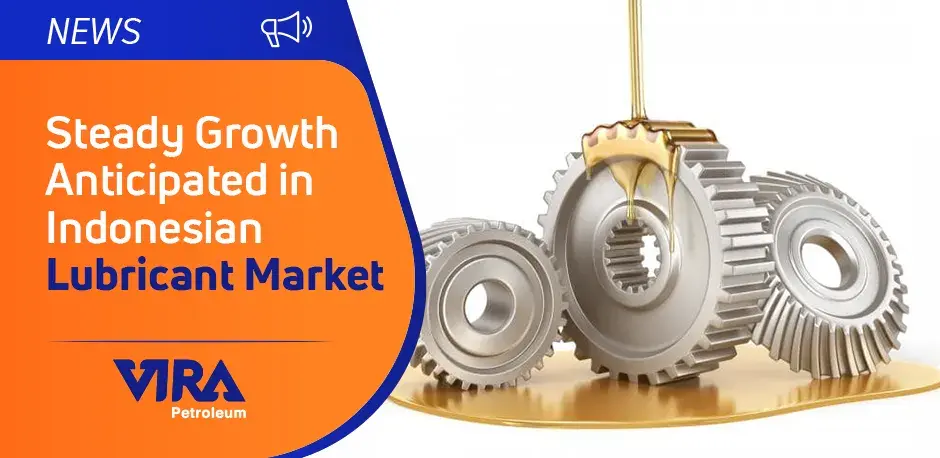During the ICIS Asian Base Oils and Lubricants Conference in Singapore, a representative from Pertamina revealed that Indonesia’s lubricant demand is projected to reach 1.32 billion liters annually by 2026. This growth will be driven by the ongoing transition in automotive lube formulations from conventional products to semi-synthetic and synthetic alternatives.
Order:sn150 base oil
According to Werry Prayogi, president director of Pertamina Lubricants, who spoke at the ICIS Asian Base Oils and Lubricants Conference, the Indonesian market would need to maintain a compound annual growth rate of 2.8% since 2021 to meet the projected demand of 1.32 billion liters by 2026.
Prayogi also mentioned that the market shares of consumer automotive, industrial, and commercial automotive segments remain relatively stable. Over the forecast period, consumer automotive and industrial lubricant demands are expected to grow at a CAGR of 2.8%, while commercial automotive is anticipated to grow at a CAGR of 2.4%.
According to the Pertamina official, in 2021, mineral-based lubricants accounted for over 75% of the market share in Indonesia. However, he noted that the demand for semi-synthetic and synthetic lubricants is expected to increase to approximately 26% by 2026, while the demand for mineral-based lubricants is projected to decline.
The continued demand for mineral lubricants can be attributed, in part, to the absence of regulations imposing vehicle age limits. As the official explained, there are still automobiles in Indonesia that are 30 years old or more and require conventional lubricants.
Werry highlighted that the automotive oil landscape in Indonesia is being shaped by emission regulations and emerging technologies. The country is actively implementing measures such as Euro 4 standards, B35 biodiesel, and fuel-efficient vehicles to address these concerns.
Moreover, the Indonesian government recently announced a range of incentives, both fiscal and non-fiscal, to attract new investments for the capital city project scheduled to commence in 2024. This development is anticipated to expedite urbanization and motorization across the country, as mentioned in LMC Automotive’s Asean Light Vehicle Sales Update for March.
Indonesia’s light vehicle sales in 2023 are projected to reach 983,000 units, representing a 2% year-on-year increase, as stated by the company. LMC Automotive, a global automotive market intelligence firm with global presence, shared this forecast across its offices in the U.S., Europe, and Asia.
Read more : Profit Surge for SK and GS Caltex, S-Oil Holds Steady
Pertamina’s research indicates that the country’s total base stock demand exceeds its domestic supply, surpassing 800,000 kiloliters annually. Werry explained that Pertamina is the sole local base oil manufacturer in Indonesia, producing Group I, 4 cSt, and 6 cSt grades of Group III+ at the PT Patra SK facility in Dumai, Riau. While there is a surplus of Group III base stocks, the demand for mineral base stocks requires imports to meet market needs.
The supply-demand dynamics in the base oil market show an interesting pattern. Group III base oil supply exceeds 400,000 kl/yr, while the demand for it represents only a quarter of the available supply. On the other hand, Group I and Group II face undersupply, with demand reaching 800,000 kl/yr, which is more than double the supply.
Prayogi shared Pertamina Lubricants’ strategy to utilize Group III base oil for the production of finished products, while also selling the remaining base oil. To support this approach, Pertamina operates three lubricant blending plants in Indonesia.
The Jakarta plant boasts a production capacity of 270 million liters per year, the Cilacap facility can produce up to 80 million l/y, and the Gresik site has a capacity of 120 million l/y. Additionally, Pertamina has an overseas blending plant in Thailand, capable of producing 60 million l/y. Furthermore, the company operates a grease plant in Jakarta with an annual capacity of 8,000 tons.

